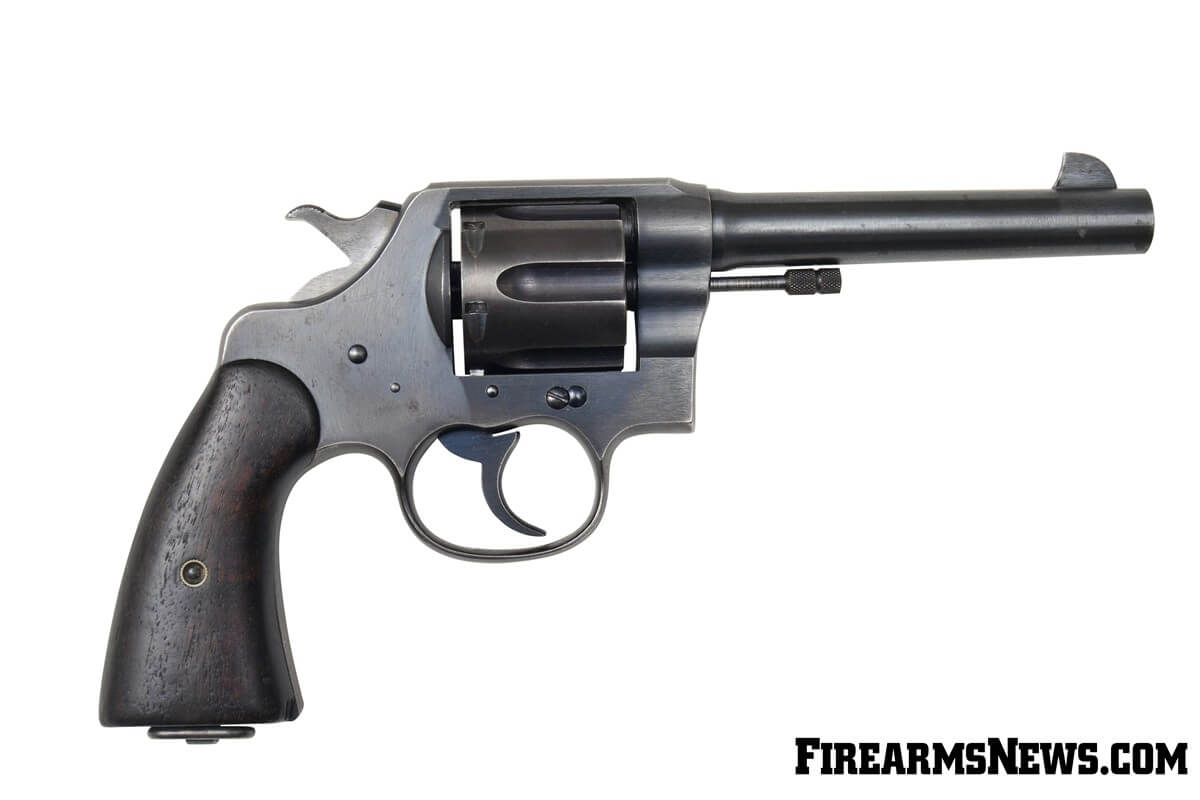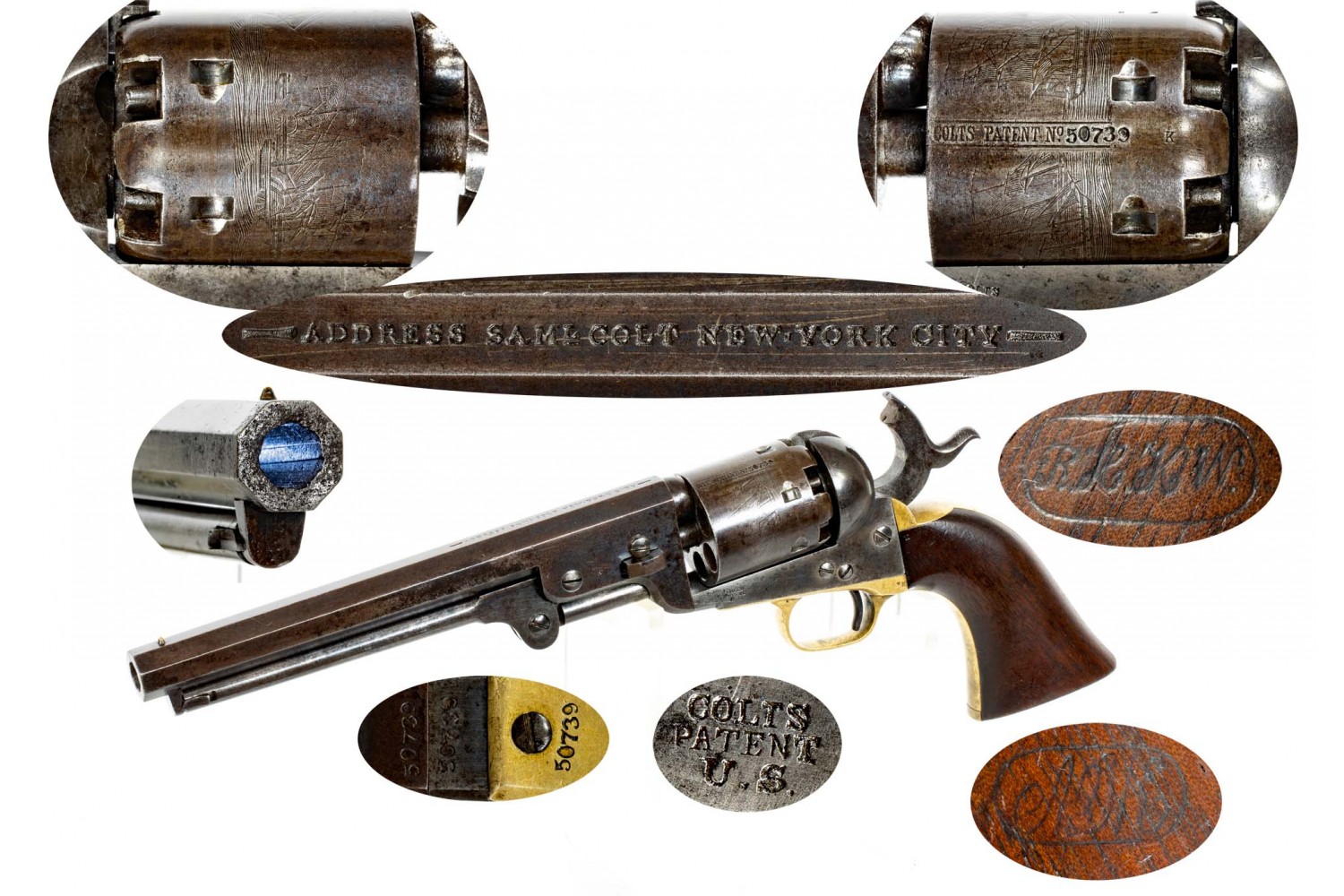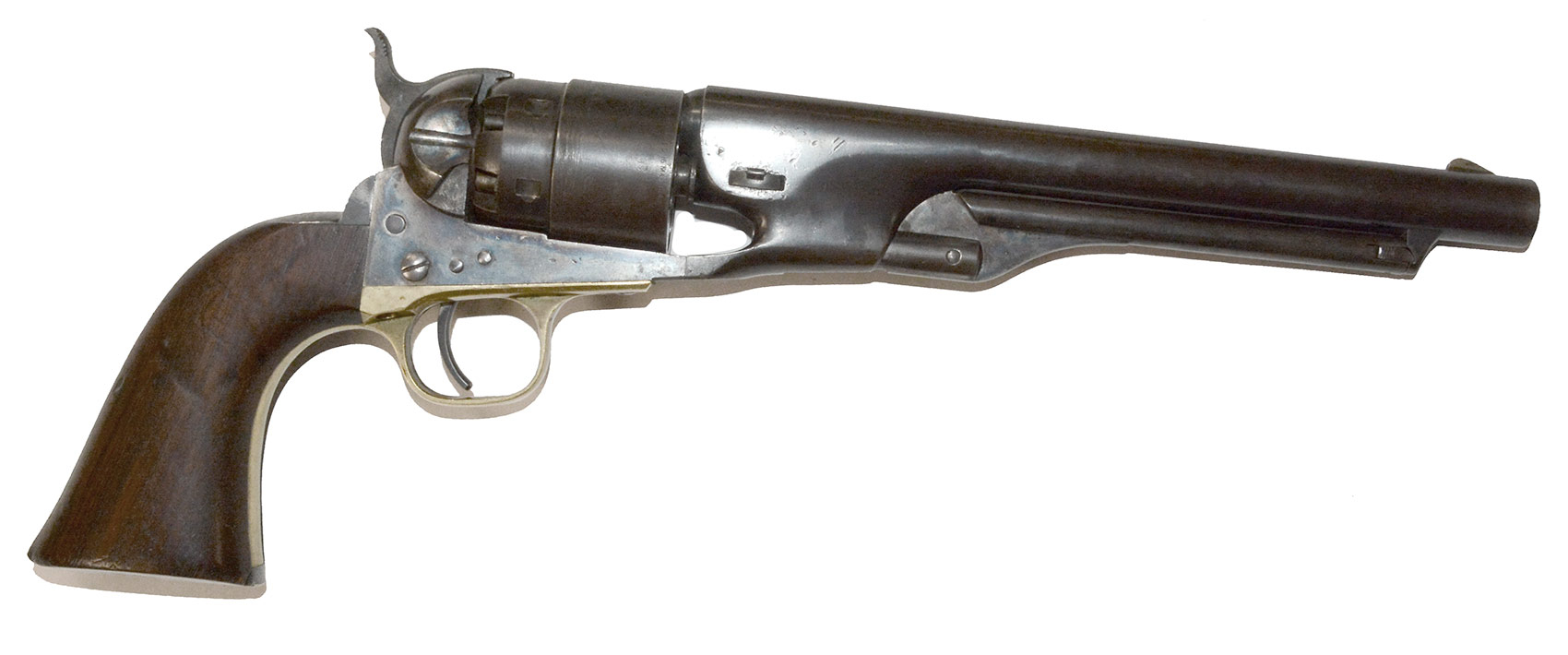Us Military Revolvers - Experience the Smith & Wesson Model 1917 - a timeless convertible for any military firearms enthusiast.
Revolvers are not the first thing that comes to mind when I think of military firearms. Standing in the shadow of a 1911, M1 Garand, or M16 is understandable. But it's hard to miss a firearm like the Smith & Wesson Model 1917 Army Revolver, with its classic round forend blade and Western-style grip.
Us Military Revolvers

It was definitely a raisin weapon, a reasonable one, flaunting it like it wanted to mind its own business. Shoot the stops, the big .45 ACP or .45 Auto Rim. The US was preparing for WWI.
U.s. Military Revolvers The Colt Model 1917
Reflecting on the inadequacy of the .38 used with limited effect in the Philippines, the military adapted relatively quickly and pursued a .45 caliber sidearm.
No collection of military firearms would be complete without the Smith & Wesson Model 1917, which—along with the New Service Colt .45-ACP—became as familiar to both Army brass and countless soldiers as the M1917.
There's a lot to like for gun collectors. If the ink spilled in the military literature is any indication, you can find plenty here at
, then this is indeed an important weapon. It has a rich, well-documented history spanning two world wars.
Colt New Model Army And Navy Revolver
From Gun Digest the www.goodmanguns.com magazine classified advertiser in 1917. Says: .45ACP PRE-WORLD WAR REVOLVER, #177XXX, MADE CIRCA 1930, all matching numbers, including diamond grips, showing exc. original blue with only the backstrap showing grey/brown wear, exc. blue on butt and fore-strap showing only slight thinning near butt, ext. blue barrel and cylinder with minor edge wear only, nice blue frame with a few spots of case wear on right side just forward of grips and a little on top strap, ext. lower grip on right side showing some wear only to shallow tear to extreme edge, lanyard ring intact, good case color on hammer and trigger, exc. mechanical and bore, the front sight has not been tarnished or filed, even the front of the cylinder shows a good blue showing that this revolver was rarely fired, very few were made and hard to find large "N" frame conversion, $1195
, approximately 163,000 Model Hand Launchers were manufactured for the Army between 1917-1919. 5050 Target model variations? 1,200 commercial variants. and 25,000 more under contract with Brazil.
One could also find the most commercial version, the Postwar Model 1917, of which 10,000 were made in the 1930s and were still being sold in the 50s. Prices for this 5 ½-inch double N frame start at about $175 for poor quality and go up to $700 for a New-in-Box (NIB) handheld launcher, or $1200 or more for very good. .455 Mark II Hand Ejector First model.

This was a sidearm born out of necessity. The US had to make up for its arms shortage as involvement in World War I loomed large. So it made perfect sense for Smith & Wesson to build a machine for a .45 ACP revolver — one that could already use ammunition for the new 1911 interchangeably.
Martially Marked Colt Model 1851 \
"The Model 1917 Smith & Wesson revolver is perhaps best described as a decent thing that actually worked," wrote Tom Osborne in
Smith & Wesson engineers developed a "half-moon" clip to fire the frameless .45 ACP cartridges. Colt later exploited the innovation for the same purpose.
And while the M1917 has an interesting history for people who like that sort of thing, I don't believe people buy guns because they have an interesting history. Sometimes we just like the look of a gun and I have to say this is a six gun that has very nice lines. Like most Smiths, he is also reported to be a dandy hunter.
Whether you call it a collecting strategy or a rationalization, we gun enthusiasts, as coin collectors, are masters at making excuses to find and buy a "new gun". For example, the M1917 could form the basis of a very nice collection of black guns. Smith & Wesson Collection. Or just a collection of various M1917s and other quality manual dispensers from that era. To me, I see it as an ideal weapon to complement the Springfield Model 1903 rifle which makes for an excellent collection of WWI weapons.
Leblanc: Military Handguns Of The 1800s
Regardless of how or why this little convertible makes the rounds, we've got plenty of resources to learn more about it. Dave Workman considers the gun's use today for Wild Bunch hunting and competition in The Model 1917: A Great Old Revolver. And this classic piece can be researched further by getting a copy of it
1918," concludes Osborne. "Almost everyone who fought in the 'War to End All Wars' is now gone. But the .
NEXT STEP: Download the Free Printable Storm Target Pack 62 Printable MOA Targets from DOT Drills - Rifle Range in YARDS This impressive target pack from our friends at Storm Tactical features 62 printable targets hit for rifle and handgun use. Target reticles and bull sizes are in MOA. Perfect for long range shooting!

Sign up for the Gun Digest email newsletter and we'll send your print target package to your home right away. Just enter your email address below. The M1917 revolvers were six-shot, .45 ACP, large-frame revolvers adopted by the United States Army in 1917, to supplement the standard M1911 pistol during World War I.
Remington Model 1858
There were two variants of the M1917, one by Colt and the other by Smith & Wesson. They used moon clips to hold cartridges in place, ease reloading, and aid extraction, since the revolvers were designed to fire rimfire cartridges and .45 ACP cartridges were unlimited for use with the magazine-fed M1911.
A commercial rim cartridge, the .45 Auto Rim, was also developed so that the M1917 revolvers could fire cartridges without the use of a moon clip.
During World War I, several American arms companies, including Colt and Remington, produced M1911 pistols under contract for the US Army, but with overproduction came a shortage of ammunition. The interim solution was to have Colt and Smith & Wesson, the two major American revolver producers at the time, convert their heavy-frame civilian revolvers to the standard .45 ACP pistol cartridge. Both companies' revolvers used half-moon clips to fire the frameless .45 ACP cartridges. Daniel B. Wesson's son, Joseph Wesson, commissioned the half-moon clip, which was assigned to Smith & Wesson, but at the request of the military, he allowed Colt to use the design for free on their version of the M1917 revolver.
The Smith & Wesson Model 1917 is essentially a modification of the company's Model 2nd .44 Hand Ejector, which instead is chambered in .45 ACP and uses a short barrel and a surgical ring on the bottom of its frame.
Antique 1 Of 100 U.s. Army Contract S&w .38 Safety Hammerless Revolver 1890 Exceedingly Rare U.s. Martial Firearm W Factory Letter
The S&W M1917 differs from the Colt M1917 in that the S&W cylinder has a shoulder positioned to allow stemless .45 ACP cartridges to fit into the muzzle of the case (as they do in pistols). Therefore, the S&W M1917 can be used without a crescent clip, although empty .45 ACP cases, which are rimless, must be manually pushed out through the face of the cylinder, as they cannot extract the beam in the star .
Colt had previously produced a version of the New Service .45 Long Colt model, designated the M1909, to replace the .38 Long Colt M1892 revolver which had shown insufficient stopping power during the Philippine-American War. The Colt M1917 revolver was essentially the same as the M1909, but with a barrel bored to accommodate the .45 ACP cartridge and a half-moon clip to hold rimless cartridges in place. In early production Colt revolvers, attempting to fire the .45 ACP without the half-moon clips was unreliable at best, as the cartridge could slide forward into the cylinder and away from the firing pin.
Later production Colt M1917s had a head installed in the cylinder chambers, just like the Smith & Wesson M1917 revolvers from the beginning. More recent productions could be fired without the half-moon clips, but empty cartridges had to be ejected with a tool such as a cleaning rod or block, as the extractor would cylinder and the ejector would pass over the edge of the rimless cartridges.

From 1917 to 1919, Colt and Smith & Wesson produced a total of 151,700 and 153,300 M1917s (respectively) under contract to the War Department for use by the American Expeditionary Force. "Doughboys" saw heavy use for the revolver during World War I, with nearly two-thirds more M1917s produced and produced during the war than M1911s.
X X X Sold X X X A Us Military Marked Colt 1851 Navy Percussion Revolver Good Condition Ref 8062
The M1917 did not see military service during WWI. In November 1940, the Army Ordnance Corps listed 96,530 Colt and 91,590 S&W M1917s still in reserve. After parked
Apply for us military, us government emergency preparedness, us military join, us military, us disaster preparedness, us military recruitment, us government disaster preparedness, us military careers, us preparedness, us pandemic preparedness plan, us emergency preparedness, military preparedness

0 Comments